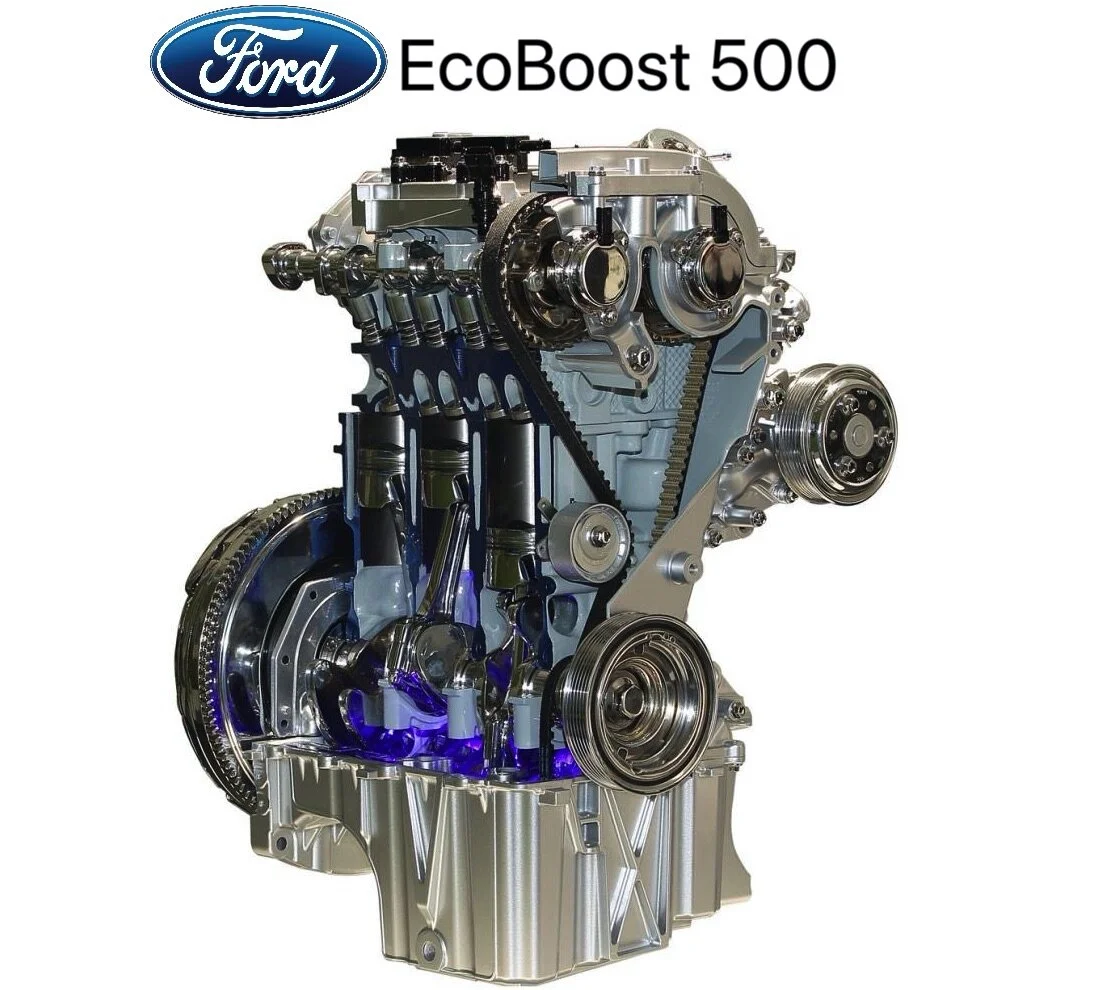Ford EcoBoost 500, the pioneer for downsizing gets bigger
The 2012 1L I3 Ford EcoBoost won multiple Engine of the year awards. In 2017 the 2nd generation was also critically acclaimed. The Fiesta had class leading fuel economy over the NEDC due to the small displacement. Unfortunately it also led to decreasing real-world fuel economy.
‘Rightsizing’ engines will partially counter real-world economy discrepancies. These larger engines are highly compatible with Hybrid vehicles where low-load operation can be offset by electric machines.
So perhaps it is no surprise Ford announced that the next generation will keep the I3 layout while cylinder displacement increases from 333 cc to 500 cc (hence EcoBoost 500).
The Engine achieved 117 kW/l and 140 kW/l at Comp Ratio of 12.5:1 and CR 9.5:1 respectively, both operating at full time lambda =1 and with quite good BSFC. How?
Miller strategy to reduce EGT and enable a high CR
New UniAir CVVL system from Scheffler
VTG turbocharger to reduce residuals
Cross-flow cooling to reduce IEM temps
Stiffer block structure permitting PCP of 145 bar
Want to know more, read [Weber et al, EcoBoost 500 : Taking Award-Winning Technology to the Next Level, Internationales Wiener Motorensymposium 2020]

